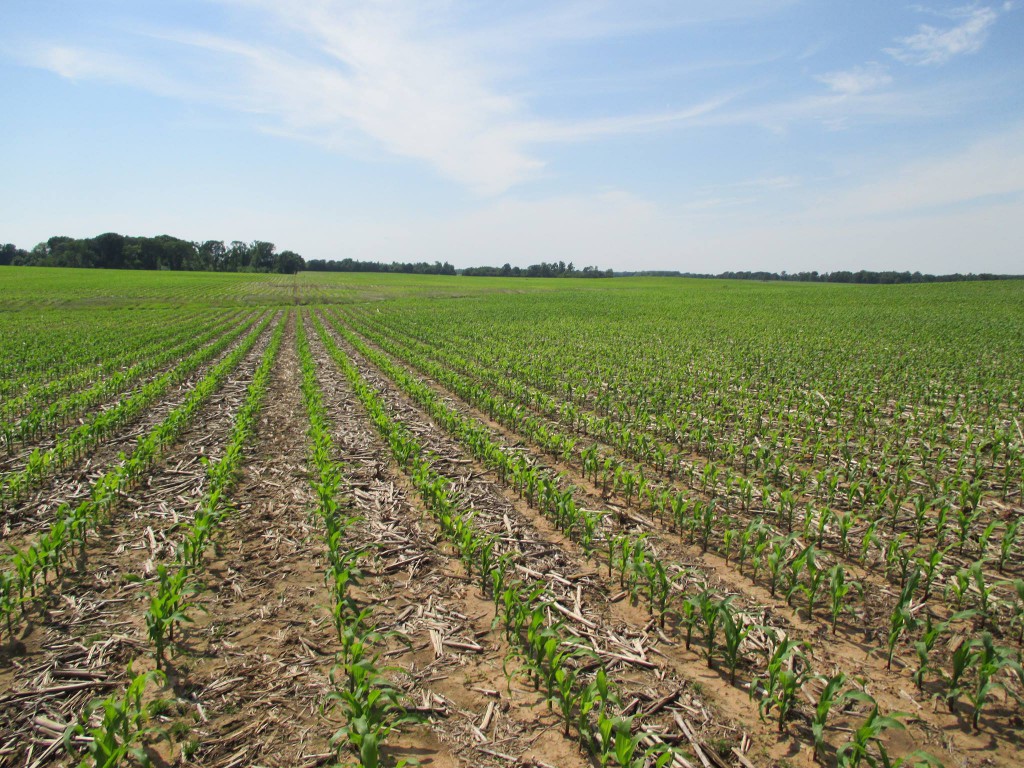By Terry Griffin (Kansas State University), Sarah Beth Thompson, Wesley Porter
A colleague of Dr. Porter’s from Kansas State University, Terry Griffin Ph.D., has put together a few concerns, questions, and answers about the upcoming solar storms. The post below was adapted from the article written by Margy Eckelkamp, which can be found at:

What kind of disruptions should GPS users and UAV pilots expect?
Disruptions could be as mild as accuracy degraded from a few inches to several feet and in some cases GPS receivers may be unable to achieve a position lock.
From the model currently, what is the start of expected disruptions and the end of any issues?
The NOAA SWPC initially said “timing and intensity are more uncertain, but beginning possible on Monday, 2 June the geomagnetic storm levels will likely begin subsiding by Tuesday, 3 June, with G1-G2 (Minor-Moderate) still possible.” Currently, an Earth-facing M class solar flare is being observed, a similar flare that was associated with the geomagnetic disturbance on June 1.
Are these particular geographies or regions in the US that should be on higher alert?
The location and timing of precision ag activities for crops grown in those locations go hand-in-hand. If you are finished planting, no spraying to do, or otherwise too wet to get into the field, this solar storm may not matter for production agriculture even for the most susceptible states. The main focus is on the locations still actively using GPS for planting, spraying, and harvest; harvest mainly for georeferencing yield monitor data. We usually think of GNSS problems being closer to the poles, in our case further north potentially northern states and Canada.
Due to a variety of reasons, states along the eastern seaboard are also vulnerable to GNSS signal degradation. Given the time of year, several hundred thousand acres of cotton and peanuts are left to be planted in Georgia (61% of cotton planted and 74% of peanuts planted planting progress as of last week). In peanuts specifically, without RTK (not just GPS, but sub-inch accuracy RTK), a 11% yield penalty is known at planting due to uncertainty of AB line when digging.
What is an estimate of the current frequency and the intensity of these solar storms? Since we had the Gannon Storm event in mid-May, and now three weeks later this event, how do you describe the current pattern?
GNSS outages caused by solar storms should be expected to be the norm, at least during solar sunspot number maximums that occur about every 11 years. In the previous solar cycle (Solar Cycle 24), the mild solar activity we experienced was what was abnormal.
The solar cycle before the previous one occurred before GPS was a common technology on farms (less than 5% of planted acreage had automated guidance during that solar cycle according to McFadden et al USDA https://www.ers.usda.gov/publications/pub-details?pubid=105893).
During 3 or so years of the solar sunspot maximum, solar storms can occur at any time of the year although historical evidence suggests an increased amount of geomagnetic disturbances manifesting on the Earth occur near the spring and autumn equinox (the R-M Russell-McPherron effect). Today, however, we’re closer to summer solstice given it’s the first week of June; and although the May 10 Gannon Storm may have felt like a springtime event, it was 6 weeks after spring equinox.
And looking even further ahead—what should farmers expect for frequency and intensity of these solar storms?
Accurately predicting solar storms is more difficult than terrestrial weather. One analogy is to think of predicting geomagnetic disturbances on Earth as compared to the familiar tornado season. We know that in Georgia every March to May we can expect tornadoes in our area; when we may have a tornado watch, sometimes a tornado warning, and less common for an individual homeowner to be directly affected by a tornado.
Solar storms manifest in various ways on the Earth. Geomagnetic activity and radio bursts may remain active longer than at other times and sometimes more intense. This can be compared to hurricanes. For some individuals, a Category 5 hurricane lasting a few hours may not be as detrimental as a Category 3 hurricane that persists for a week. Intense solar storms lasting a few minutes may go unnoticed by farm use of GPS; however, a less intense disturbance lasting for several hours to a few days may have greater impact on the ground, or under the ground when considering digging peanuts.
Geomagnetic disturbances are similar: every 11 years we should expect a variety of “watches” and “alerts” due to increased solar activity before quieting down for about the next 7 years until activity ramps up again. But during the 3 or so years of maximum solar activity, forecasting Earth-impacting activity is difficult. Activity on the sun does not always arrive at the Earth, observed CMEs can go in the opposite direction or even be a “near miss”, just like a tornado. Instruments can detect CMEs several minutes after they occur, and even when material is coming toward the Earth it may take a few days before we know if we’re being affected. At the very least, farmers should expect GNSS outages associated with solar storms during sunspot maximum, spanning maybe 3 years of the 11-year cycle.
Currently, a G3 storm is predicted to occur today (6/2/25), https://www.swpc.noaa.gov/communities/satellites
